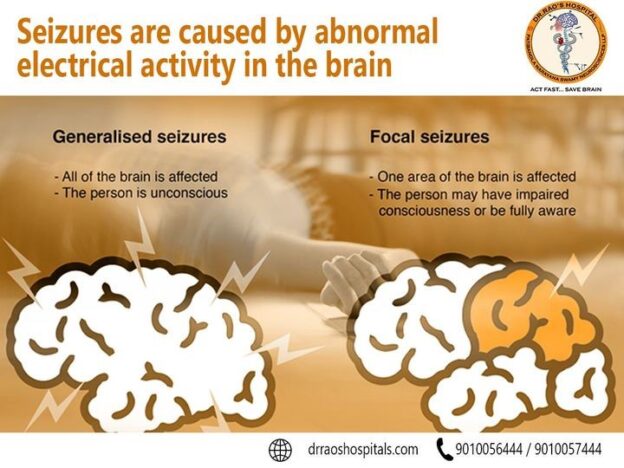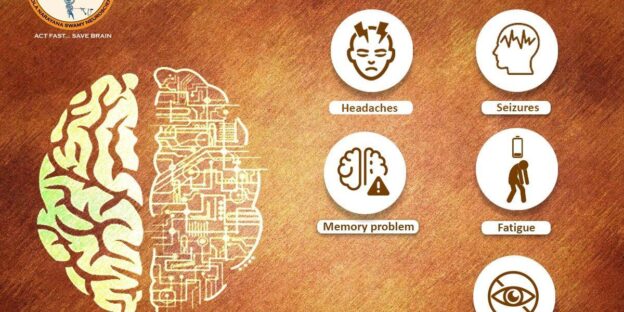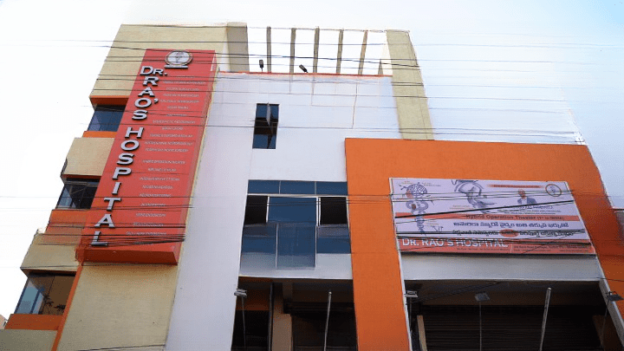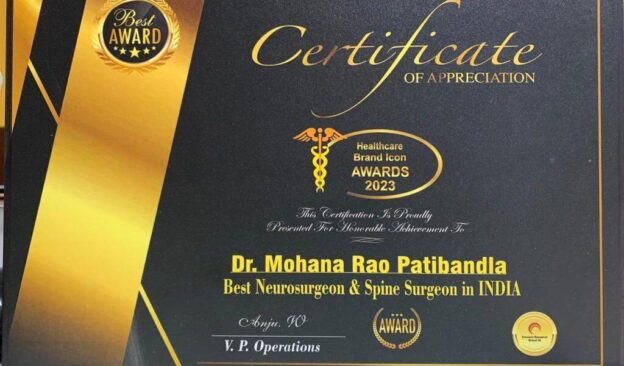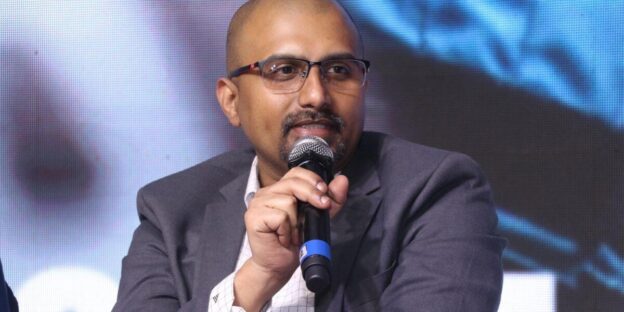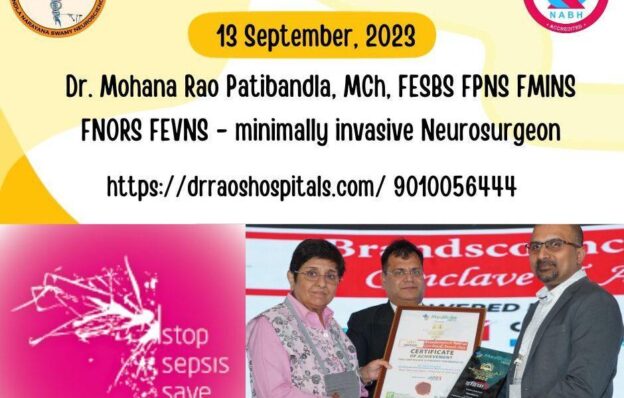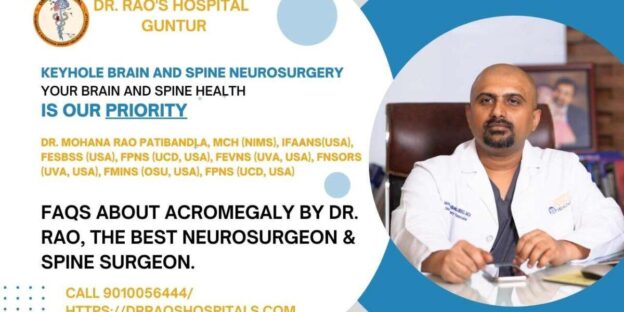Surgical management for Seizures in Glutaric Aciduria
Understanding Glutaric Aciduria
If you do not have enough of the enzyme glutaryl-CoA dehydrogenase, you can get glutaric aciduria, especially type I (GA-I), a rare metabolic disorder. This leads to the accumulation of glutaric acid and related compounds, which can damage the brain and other tissues. One of the severe manifestations of this condition is seizures, often precipitated by metabolic crises.
Seizure Management in Glutaric Aciduria
While the primary management of seizures in glutaric aciduria includes medical and dietary interventions, surgery may be considered in refractory cases.
Surgical Options
Vagus Nerve Stimulation (VNS):
- Indication: Used for patients with medically refractory epilepsy.
- Mechanism: VNS involves implanting a device that sends electrical impulses to the vagus nerve, which can help control seizures.
- Advantages: Non-invasive in terms of brain tissue, adjustable, and reversible.
Corpus Callosotomy:
- Useful for patients who experience drop attacks or generalized seizures that are not under control with medication.
- Mechanism: This involves severing the corpus callosum to prevent seizure spread between the brain’s two hemispheres.
- Advantages: Can significantly reduce the frequency and severity of seizures.
Focal Resection Surgery:
- Indication: Consider if there is a clear focal seizure onset zone that can be safely resected.
- Mechanism: Removing the epileptogenic zone in the brain.
- Advantages: This can potentially lead to seizure freedom if the epileptogenic focus is correctly identified and localized.
Functional Hemispherectomy:
- Indication: Used in cases where one hemisphere is the primary source of seizures, often in patients with extensive unilateral brain abnormalities.
- Mechanism: Disconnecting the affected hemisphere to prevent seizure propagation.
- Advantages: Can provide substantial seizure control but comes with significant functional risks.
Preferred Approach
Given the systemic nature of glutaric aciduria and the potential for widespread brain involvement, Vagus Nerve Stimulation (VNS) is often the preferred surgical approach. It offers a balance of efficacy and safety without brain resection, which is particularly advantageous in metabolic disorders with potential diffuse brain involvement.
Conclusion
The surgical management of seizures in glutaric aciduria should be individualized, taking into account the extent of brain involvement, seizure type, and the patient’s overall health. VNS is a preferred option due to its noninvasive nature and adjustability. However, each case requires a thorough evaluation by a multidisciplinary team to determine the best course of action.
For More Information
For more details and personalized treatment options, please consult with Dr. Rao’s Hospital. Our expert neurosurgical team can provide comprehensive care tailored to your specific needs. Visit us at Dr. Rao’s Hospital or call us at 9010056444.
4o

